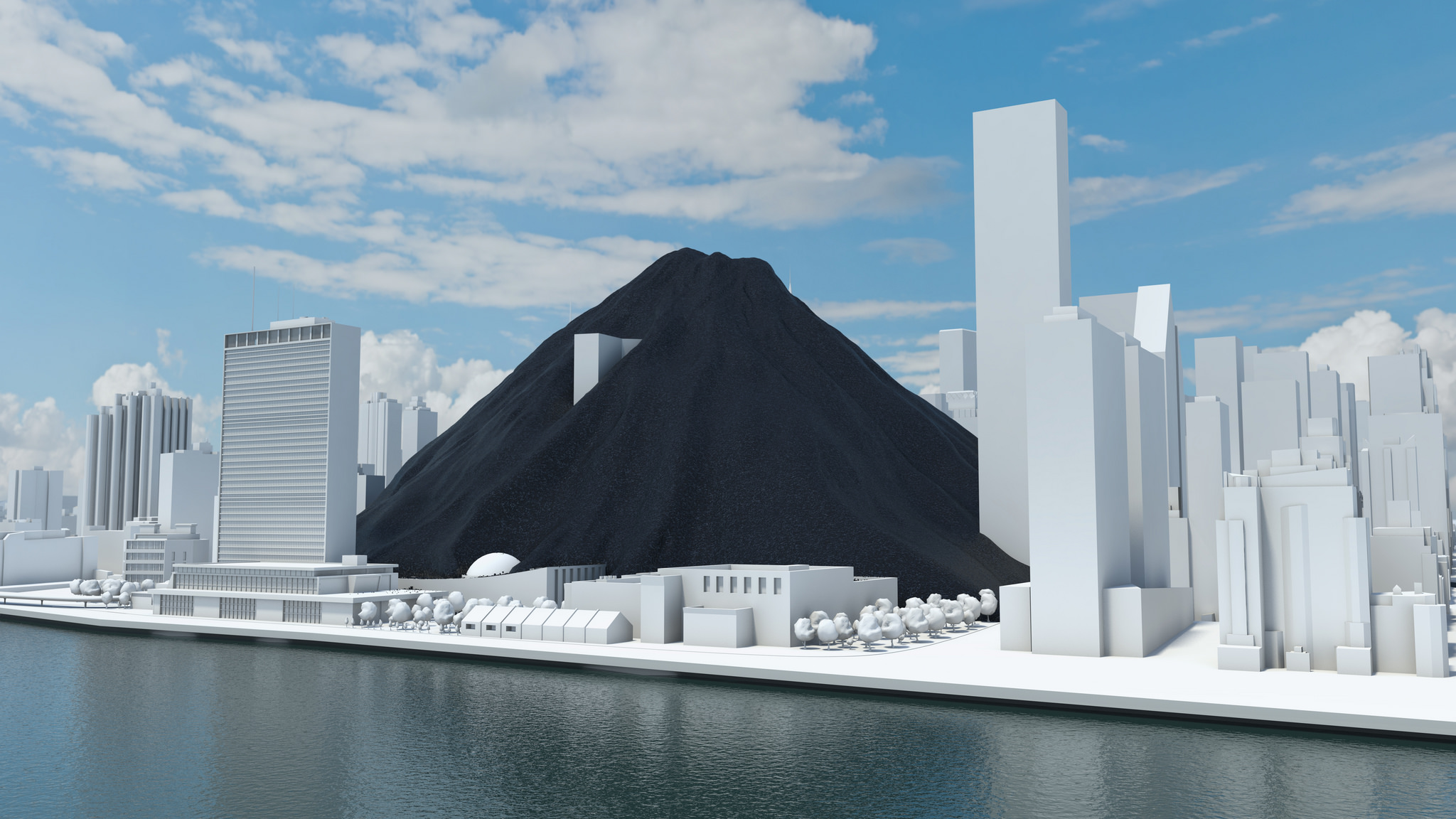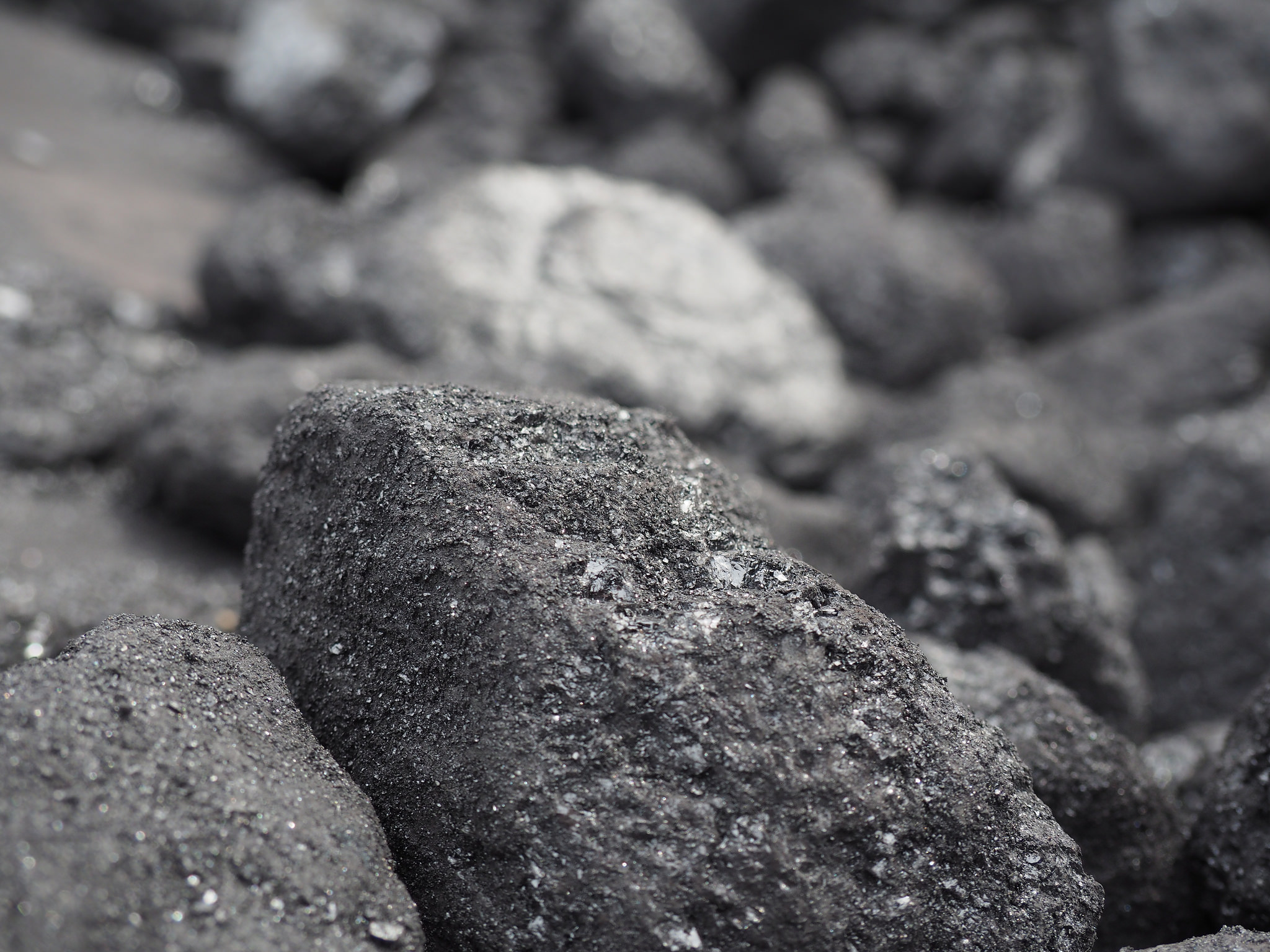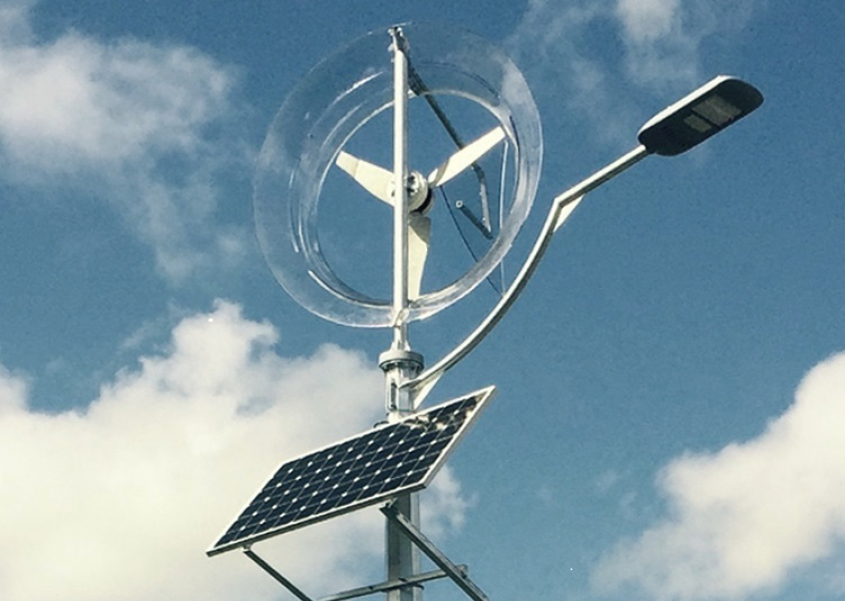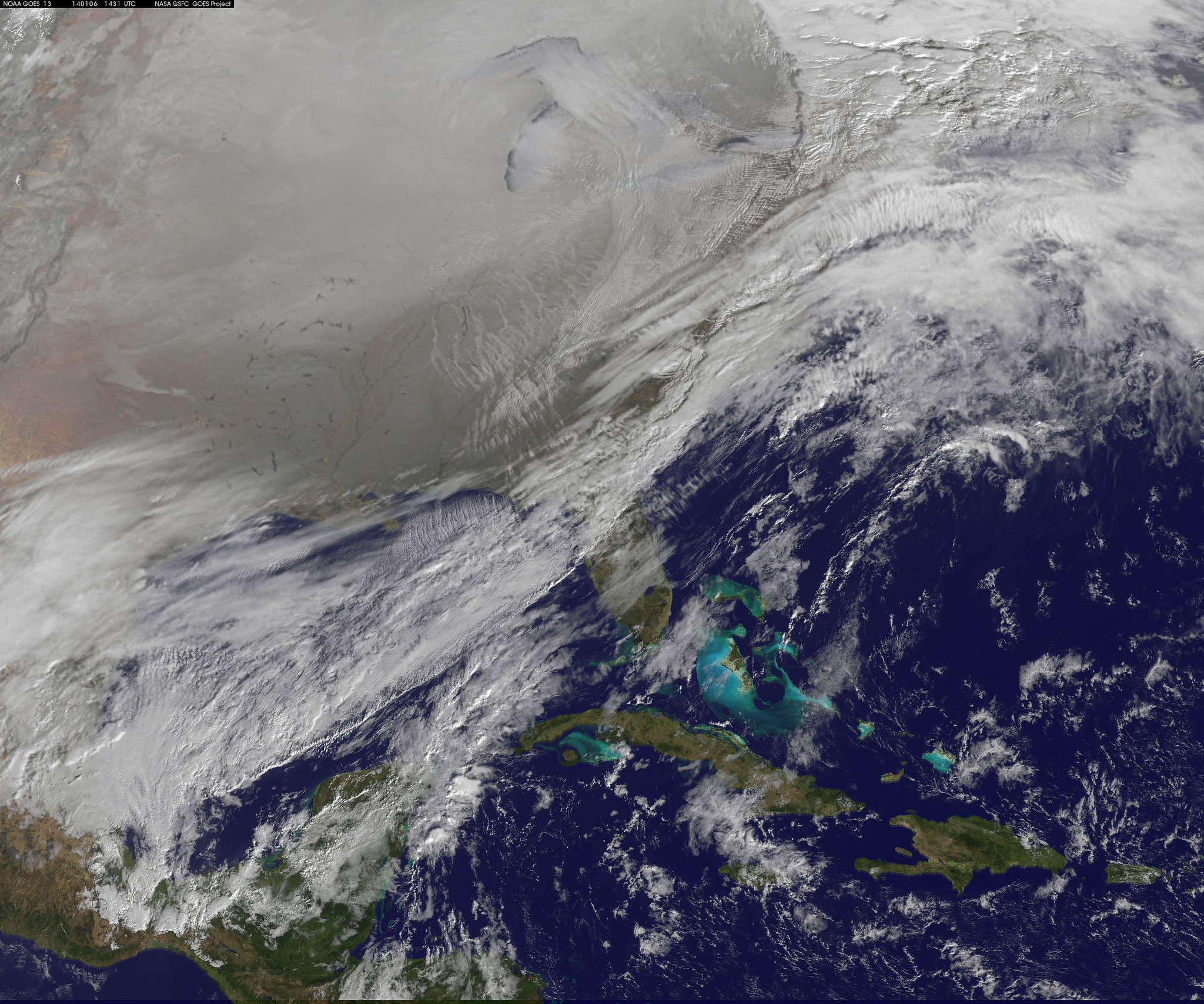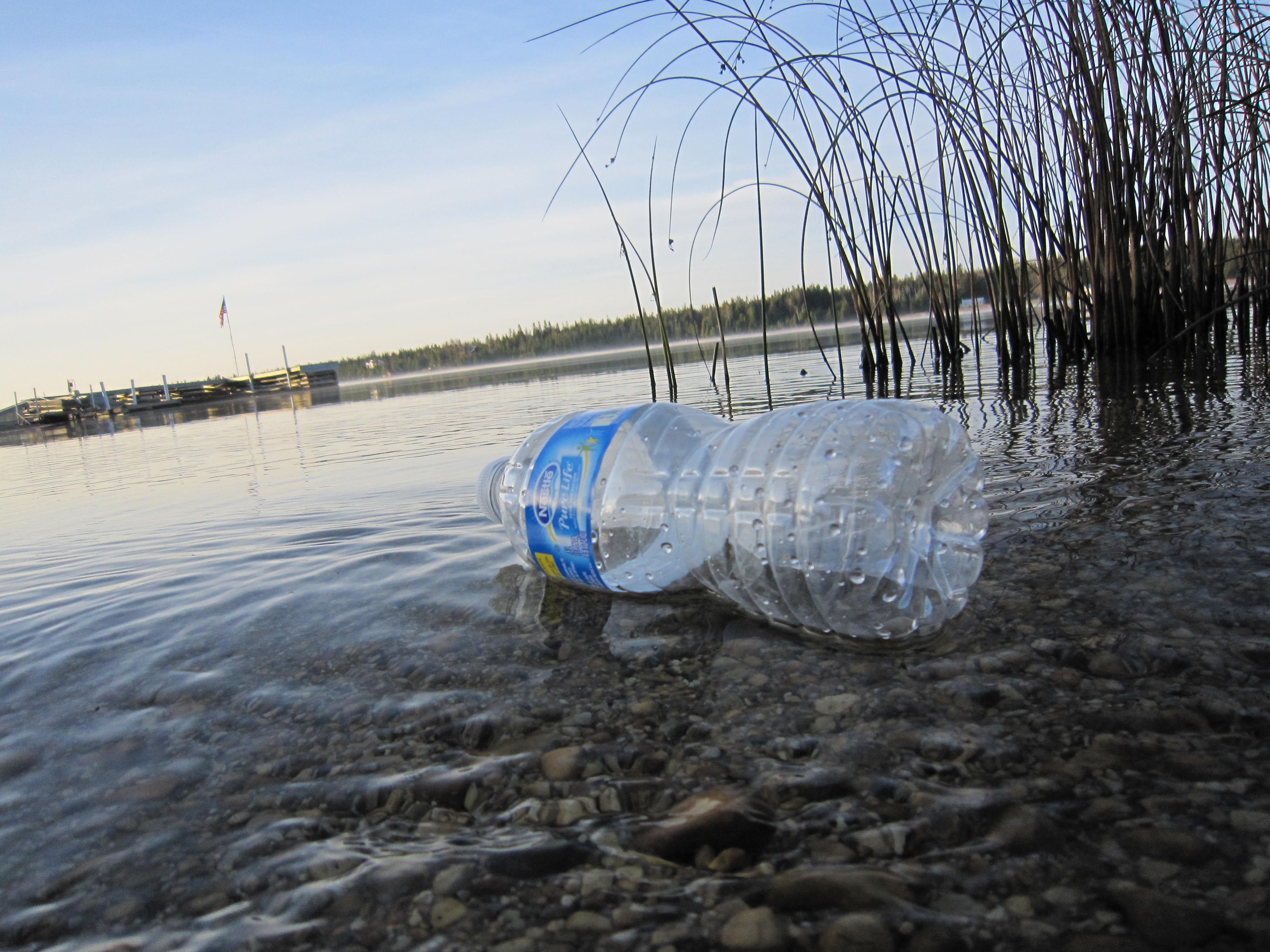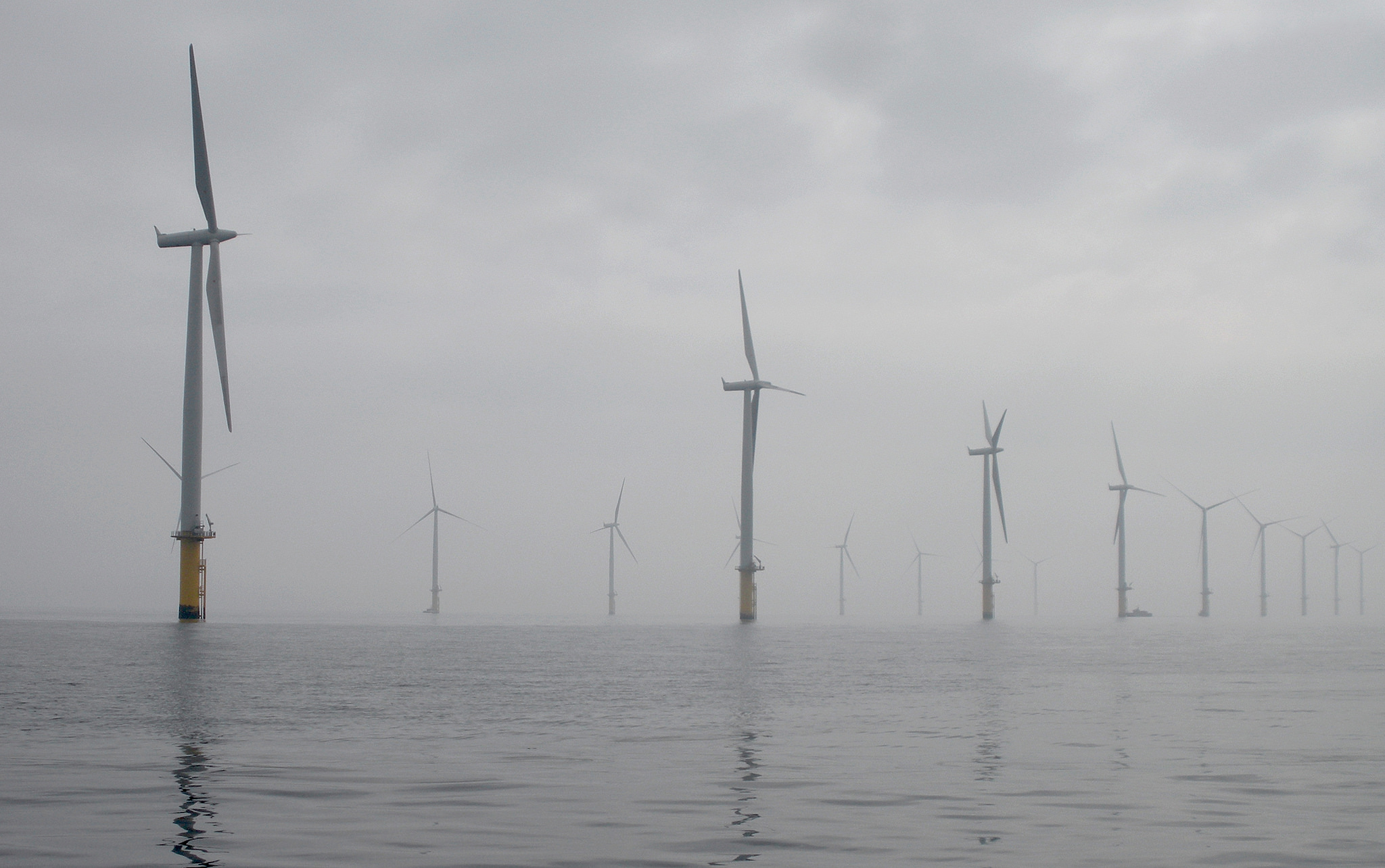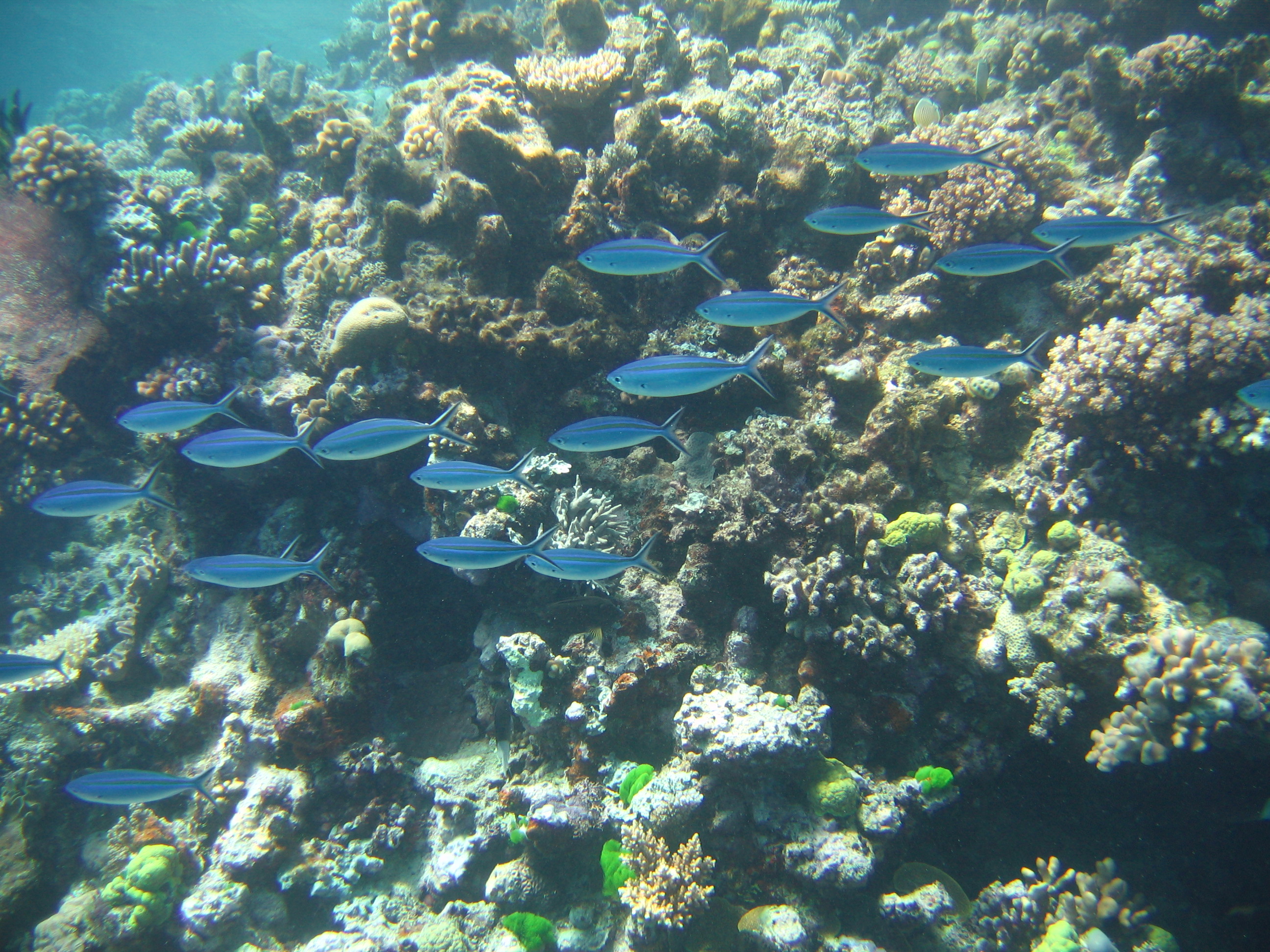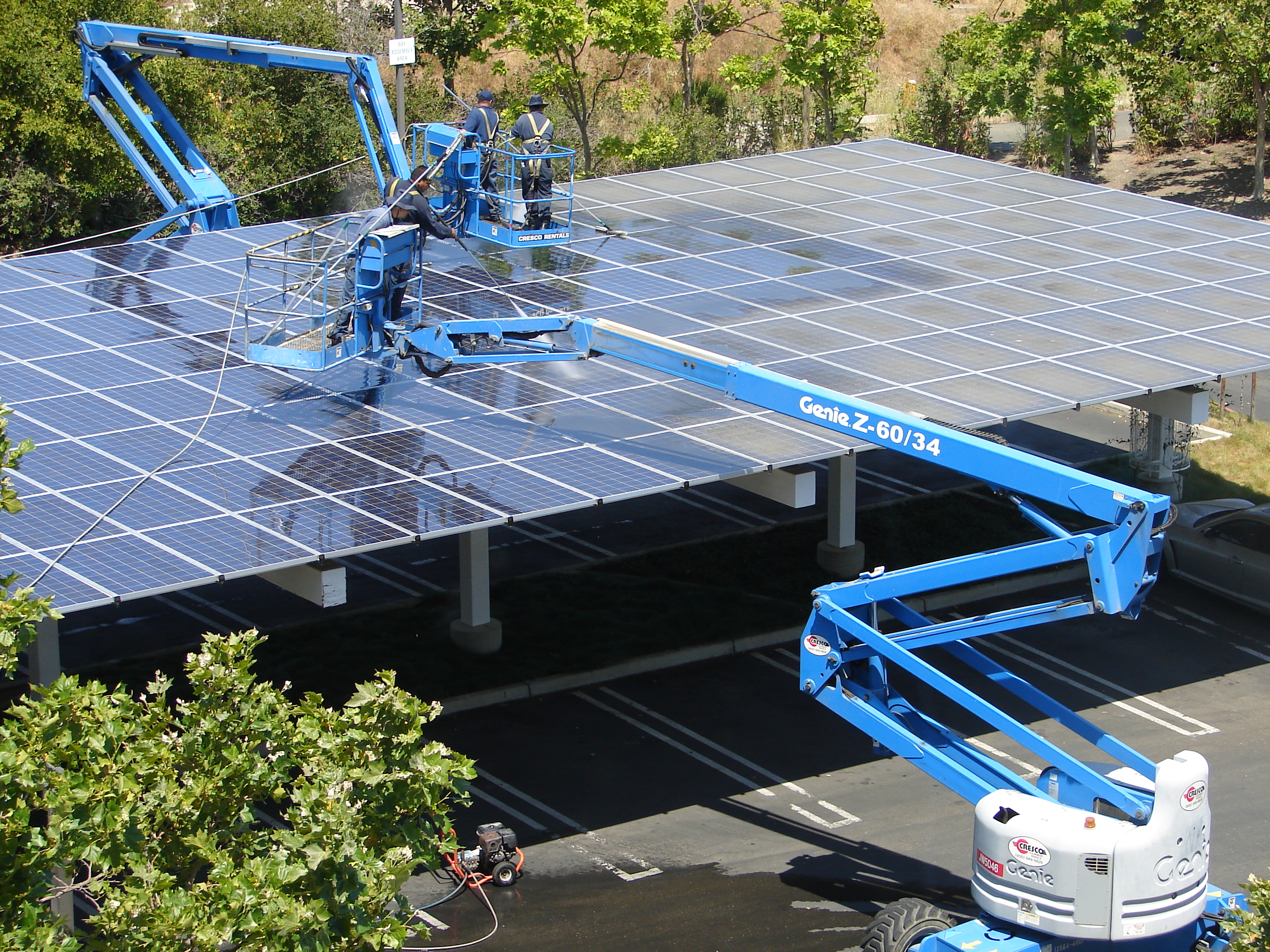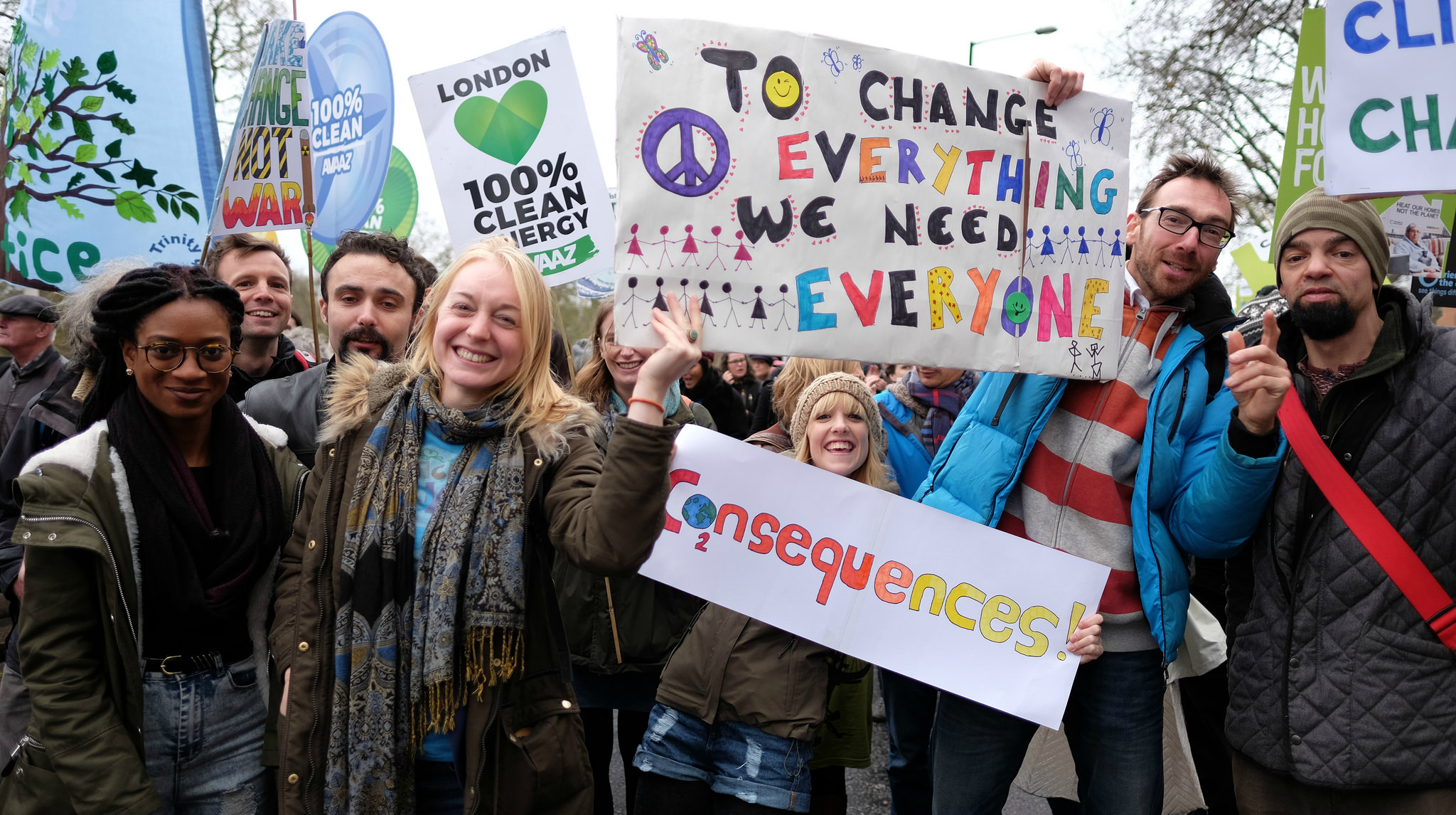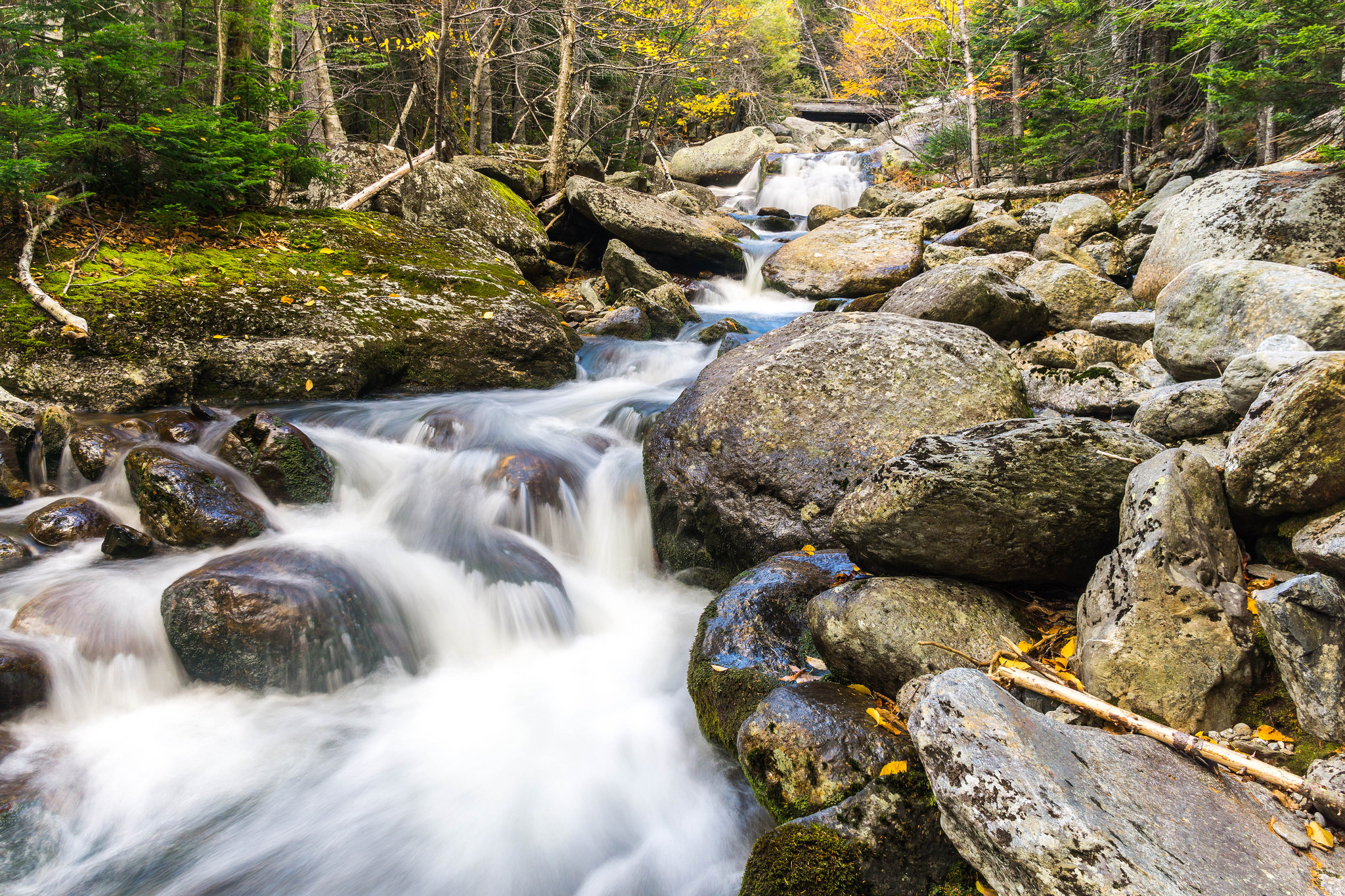Climate Change
Preventing Toxic Algal Blooms
We have talked about the growing problem of toxic algal blooms on a number of occasions. The increasing occurrence of these blooms has been associated with rising temperatures and carbon dioxide levels as well as the presence of wastewater nutrients and agricultural fertilizers in rivers, lakes and reservoirs. The most notable incident occurred in the summer of 2014, when algae contamination in Lake Erie left 400,000 residents in Ohio and Michigan without water for 72 hours.
Clean Fossil Fuel Electricity
Renewable energy sources like wind and solar power are getting cheaper all the time and are, in many places, competing head to head on price with traditional fossil fuel generation. The ultimate goal is to replace polluting energy sources entirely, but even under the most optimistic scenarios, fossil fuel plants aren’t just going to disappear very quickly.
Coral Bleaching On The Great Barrier Reef
It was already well-known that coral bleaching was a serious problem in the Great Barrier Reef, but extensive aerial surveys and underwater dives have now revealed the shocking extent of the problem.
[Read more…] about Coral Bleaching On The Great Barrier Reef
Scottish Coal
The Scottish government has an ambitious plan to meet 100 percent of its demand for electricity from renewable sources by 2020. Like much of the world, Scotland has produced significant amounts of its electricity by burning coal for more than 100 years. But no longer.
A Wind-Solar Streetlight
The Caribbean island nation of Grenada has installed a wind and solar powered off-grid streetlight. An Irish company called airsynergy has developed the underlying technology which it calls a Remote Power Unit or RPU.
Climate Change Redistributes Global Water Resources
Worldwide, climate change isn’t just raising temperatures, its also altering the distribution of water. So reports an inventive new study that tapped into archival water samples to reveal how sources of precipitation have changed over time.
[Read more…] about Climate Change Redistributes Global Water Resources
Old Car Or New Car?
Every few years many of us face a big decision: is it time to buy a new car? The trusty vehicle that has carried us so well has gotten too rusty to pass inspection or too old to assure us of its continued reliability. What vehicle choice is best for the environment?
Tomato Energy
People continue to find new ways to generate energy from unusual sources. A team of scientists at several universities recently reported on a new fuel cell that uses tomato waste left over from harvests in Florida.
Biodegradable Bottles
Plastics are the ubiquitous workhorse material of the modern economy. Their use has increased 20-fold in the past half century, and production of plastics is expected to double again in the next 20 years.
Some Good News For Monarchs
Spring is the time of the great monarch migration when the butterflies leave their wintering grounds in Mexico and head north to Canada. As we have been saying for quite some time, fewer and fewer butterflies have been making the trek each year. Twenty years ago, a billion monarchs swarmed the winter site in Mexico. In 2013, the number was down to 33 million.
Coal And Water
We recently highlighted how safe drinking water is in short supply. According to research published in the journal Science Advances, at least two thirds of the global population – more than four billion people – live with severe water scarcity for at least one month every year. And 500 million people around the world face water scarcity all year.
The Incredible Shrinking Bison
As the climate warms, all sorts of things are happening in the environment. We know about shrinking ice caps, retreating glaciers, strange winter weather, and so forth. But there are other things that may happen that are unexpected and puzzling.
Long Island Wind
The Interior Department has recently defined a “Wind Energy Area”, consisting of about 81,000 acres, located 11 miles south of Long Island. The designation is a first step to opening up the acreage for large-scale, competitive wind energy leasing through the Bureau of Ocean Energy Management.
Cyanide Fishing
Most people listening to this have seen a saltwater aquarium before, and many of those likely owned one at some point. Maybe you still do. The bright coral and even brighter fish can be found in offices, restaurants, hotels, and homes all over the world.
Food Insecurity In The Arctic
Food shortages have always been a challenge for the Inuit and other aboriginal people in the Arctic, because they depend on subsistence hunting and fishing, which often means living life on the edge.
Old-School Companies And Renewable Energy
The biggest Internet companies have been embracing renewable energy for years now. The company that bought the largest amount of clean energy last year was Google, which has three times the renewable capacity of the next biggest user. Other familiar names in the top ten companies in total wind and solar capacity include Amazon, Facebook, Microsoft, and Apple. These companies have been ahead of the pack in looking for sustainable ways to meet their substantial energy needs.
[Read more…] about Old-School Companies And Renewable Energy
Are All Invasive Species Bad?
The conventional wisdom is that invasive species are bad news and we constantly hear about the dangers of foreign plants and animals moving into new territories.
Carbon Counters
The Paris climate agreement last December resulted in commitments by 195 countries to reduce their carbon emissions. The countries around the world made specific pledges to reduce emissions in the form of “intended nationally determined contributions” or INDCs.
Keeping A Pulse On Our Planet
The discovery of acid rain in North America was made possible by environmental data collected at a biological field station nestled in the White Mountains of New Hampshire. Hubbard Brook Experimental Forest is just one of the many biological field stations located around the globe that are keeping a pulse on the health of our planet.


